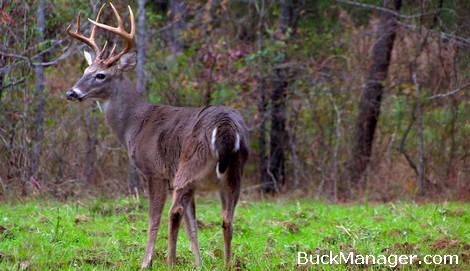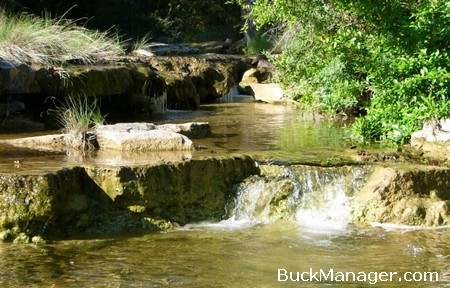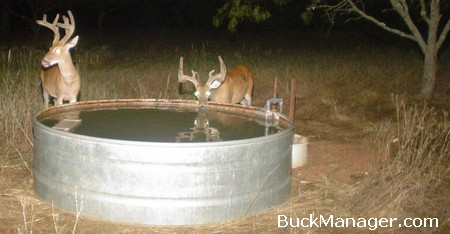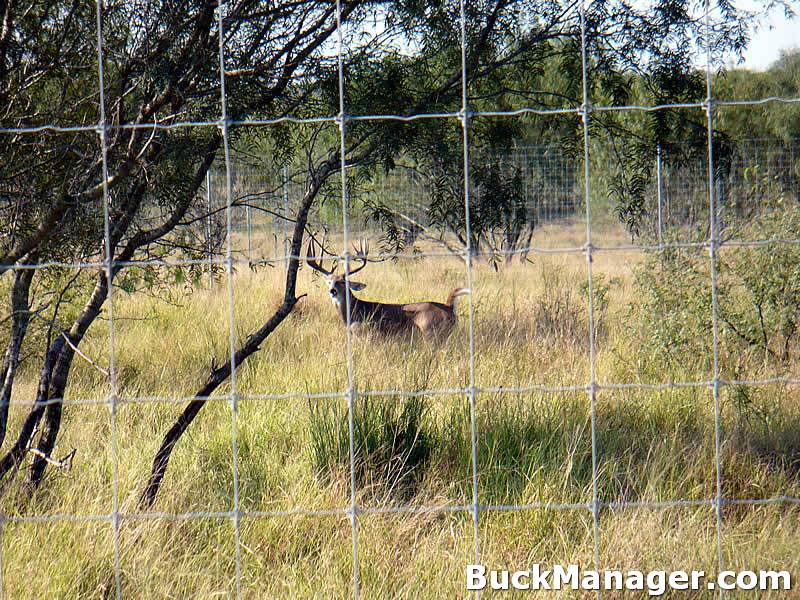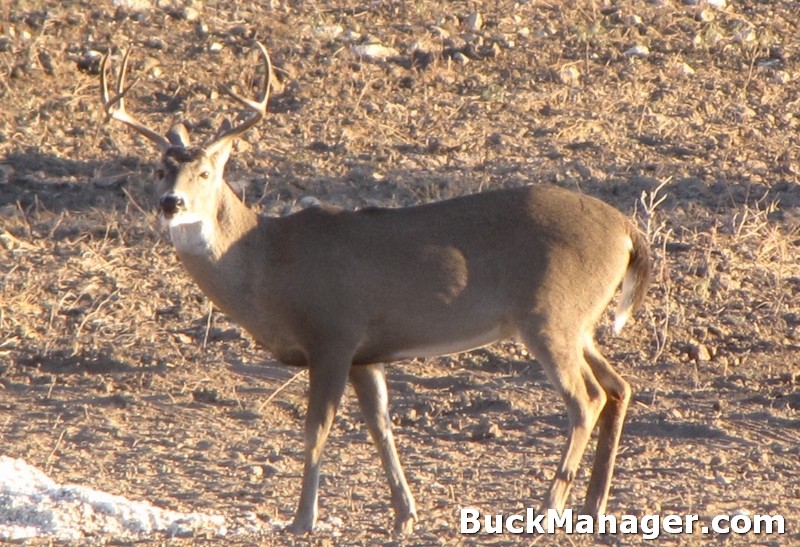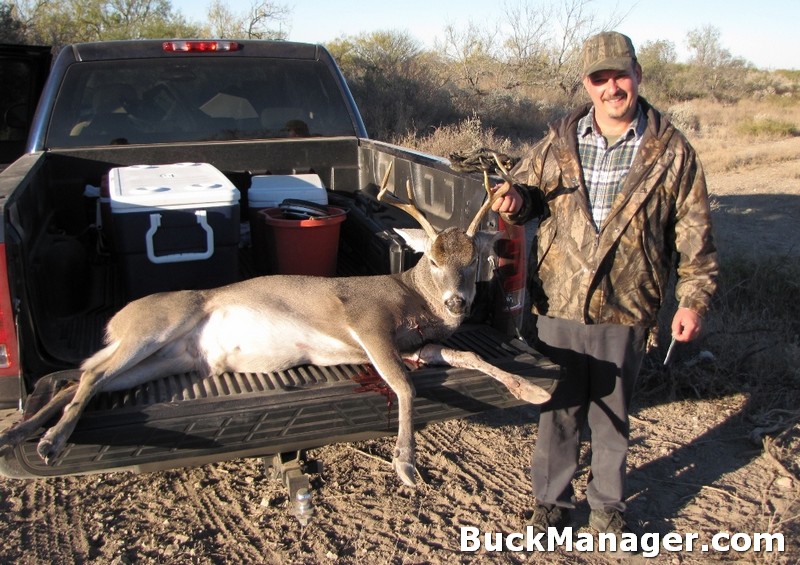Question: “I recently moved into an older, established gated golf community just outside of Trinity, Texas. There are so many deer here and they take over the yards, gardens and golf course. You can not have a garden unless you install and electric fence. There are a few people who do feed them and have received notices to stop feeding the deer. This spring you can see fawns all over the place with their mothers.
We had a POA meeting last night and was told there is nothing we can do about the deer overpopulation. I refuse to believe that. My sister was diagnosed with Lyme’s Disease a year ago and it is in the advanced stages. Too many deer are a danger in many ways. They have taken over this community and I am desperate to find help and deer management option. Please, if you can provide information I would greatly appreciate it. I contacted the Parks and Wildlife today and left a message for someone to call. Thank you.”
White-tailed Deer Management
Response: Most of the people typically interested in white-tailed deer management are hunters and farm and ranch owners with rural acreage. Their goals are improve habitat and manage deer populations, but typically to enhance body condition, antler quality and improve deer hunting. However, landowners (homeowners) in suburban areas where whitetail populations become overabundant also come to the realization that deer population management is also important on small acreage, very small acreage.
I’m talking in terms of lots — as in residential lots ranging from 1/4 acre up to a couple of acres. All those tiny lots add up to a substantial amount of acreage, often situated adjacent to greenbelts and other undeveloped areas that can potentially serve as deer habitat. It’s impractical to manage a deer population on an area the size of a lot, but property owner associations (POAs) and neighborhoods can work as management cooperatives to put deer in the crosshairs, so to speak. When it comes to urban deer management, there is something you can do.
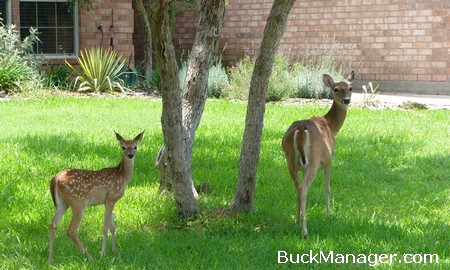
Controlling a Deer Population
First off, it’s a good idea to contact Texas Parks and Wildlife Department (TPWD), so you are headed in the right direction. They have wildlife biologist that can help explain the deer control methods that will work best in a given area. They will also need to be involved if your POA decides to get involved with active control practices, which most likely will require a permit of some sort.
The options available to manage a suburban deer population are limited, but one of the methods will work for your area if you and your neighbors are ready to do something. But like most things in life, managing deer is never easy, especially when in comes to suburban areas.
Have you ever noticed that the more people you get involved in making a decision the more difficult that decisions becomes? Well, there have been some high profile deer control examples that have made the news from Austin and San Antonio in recent years. It’s rare that a sizeable group of people agree on anything, but it seems that neighbors can get quite argumentative with one another when it comes to cute, Bambi-like, vegetation-eating deer.
Management of a deer population takes into account the good of the population, but debate over the issue of deer population control in residential areas heats up when the neighbors treat the deer as individuals. As you will find out, some do. Many of your neighbors likely have names for the various deer that frequent their yards. From what I know about suburban deer issues, determining how to proceed is much easier than having everyone agree on whether to proceed.
Deer Management within Suburban Areas
Source: “When addressing suburban deer problems, the advantages and disadvantages of all available deer management techniques must be evaluated. Differing circumstances among suburban communities will result in varied approaches to solving the problem. Furthermore, it is likely that a combination of management techniques will be necessary to achieve desired results. Involved stakeholders should be made aware that suburban deer management objectives are achievable, but they are often difficult and costly. Deer control measures require community input, as well as considerable long-term planning and commitment. The costs of suburban deer management should always be compared to potential benefits such as reduced deer/vehicle accidents, improved human safety, and decreased landscape/garden damage.
It is important for communities to develop measurable long-term goals and objectives as part of a comprehensive deer management plan before implementing deer control measures. Objectives based on deer abundance could be evaluated with standard deer survey techniques such as survey transects or time/area counts. Indicators such as frequency of deer/vehicle collisions, number of reported deer complaints, or predetermined reductions in landscape damage, could be used to measure cultural objectives. Stakeholders should understand that the total elimination of the problem (or the deer herd) is neither practical nor achievable in most cases. Rather, the goal should be related to the reduction of deer-human conflicts to an acceptable level.
Managing an overabundant deer population should be accomplished in two phases. First, the Initial reduction phase is implemented to remove large numbers of deer from an overabundant herd during a short period of time to achieve desired deer densities. Deer managers have learned that deer herd reduction measures that remove less than 50% of the estimated population typically do not provide significant relief from density-related problems. After completion of the initial phase, a maintenance phase includes long-term efforts to maintain deer densities at target levels. Many protected areas include deer-proof fencing projects in their long-term maintenance program in order to restrict the ingress of additional deer and gain more control over their deer herd. Most importantly, deer managers should have long-term deer management plans in place before initiating deer herd reduction operations.
Deer management costs can be highly variable depending on available labor, deer densities, management objectives, and other site-specific factors. Additionally, it has been shown that the cost of removing, treating, or otherwise managing deer increases as deer management programs progress. As deer numbers decrease, it takes increased effort and resources to affect the remaining population. The high costs associated with diminishing returns may prevent achieving population goals with some techniques.
Of course, deer managers must comply with applicable state wildlife regulations, city ordinances, and community policies while conducting deer control measures. Lethal control measures commonly require the approval of city government and special authorization from Texas Parks and Wildlife Department.”
The control of a deer population within an organized subdivision will be limited to regulated hunting, sharpshooting, trap and remove, trap and kill, and fencing for improved deer management and population control within the POA. All of these techniques can work, but it will be up to your POA to decide which one/s will work best. Costs will vary by management practice and will likely be a deciding factor. Other control ideas that have been suggested in the past, such as “birth control” for does and predator reintroduction, have either not been effective or well received within communities. It is typically recommended that all deer feeding stop immediately.
